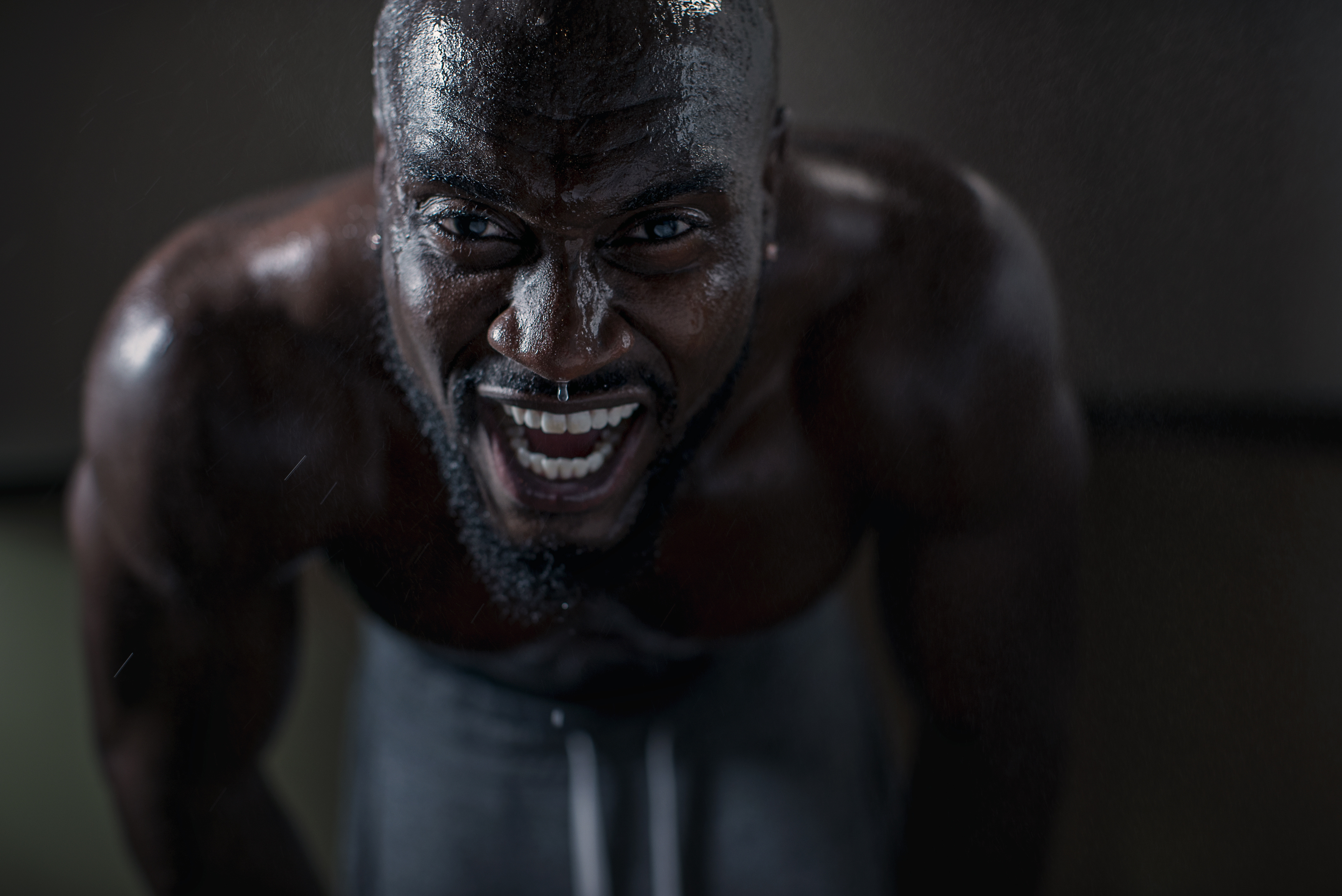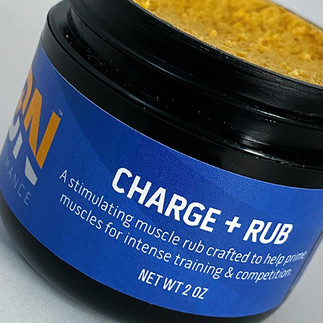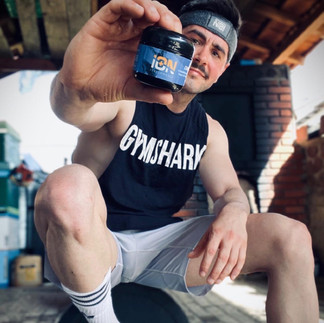
The Importance of Warming up for High Performance Athletes
- Solomon Black

- May 9, 2023
- 2 min read
As a high performance athlete, you know that proper warm-up is key to success. It can help you avoid injury and improve your performance, giving you an edge in your sport.

Warming up before a competition or training session helps to increase blood flow to your muscles, which can improve your flexibility and range of motion. It also prepares your cardiovascular system for the activity ahead by gradually increasing your heart rate. This is important for any athlete, especially those competing at a high level. [1]
To create an effective warm-up routine, focus on the movements required for your specific sport or activity. This will help you prepare your body and mind for the intensity of the event. Don't forget to cool down properly after the event as well, which helps to bring your heart rate and body temperature back to normal levels. [2]
If you're looking for a way to enhance your warm-up routine, consider using a performance warm-up rub. This type of product can increase blood flow, reduce muscle soreness, and improve flexibility, helping you perform at your best. [3]
Studies have shown that using a warm-up rub containing menthol and camphor can improve the range of motion of the knee joint and reduce muscle soreness in athletes. [4] Another study found that a warm-up rub containing peppermint oil can improve flexibility and performance in male taekwondo athletes. [5]
In conclusion, warming up properly is a key aspect of being a high performance athlete. By focusing on the movements required for your sport or activity, gradually increasing your heart rate, and considering performance-enhancing warm-up rubs, you can help ensure that you are prepared for success.
References:
USE CODE: CHARGE for 20% off iON CHARGE Warmup Rub with Shea Butter, Cayenne, Creatine Monohydrate and Orange Citrus Essential Oil
Yamaguchi T, Ishii K. Effects of static stretching for 30 seconds and dynamic stretching on leg extension power. Journal of Strength and Conditioning Research. 2005;19(3):677-83. doi: 10.1519/r-15184.1.
Howatson G, van Someren KA. The prevention and treatment of exercise-induced muscle damage. Sports Medicine. 2008;38(6):483-503. doi: 10.2165/00007256-200838060-00004.
Herbert RD, de Noronha M, Kamper SJ. Stretching to prevent or reduce muscle soreness after exercise. Cochrane Database of Systematic Reviews. 2011;7:CD004577. doi: 10.1002/14651858.CD004577.pub3.
Johar P, Grover V, Toppo F, Gupta G, Nagpal R, Saini S. Effect of Menthol and Camphor Herbal Formulations on Range of Motion and Delayed Onset Muscle Soreness. Journal of Athletic Training. 2019 Nov 13;54(11):1165-1171. doi: 10.4085/1062-6050-225-18.
Jung DJ, Choi YH. The Effects of Peppermint Aroma on Physical Performance and Self-reported Fatigue in Taekwondo Athletes. International Journal of Sports Medicine. 2016 Dec;37(14):1129-1133. doi: 10.1055/s-0042-109384.









